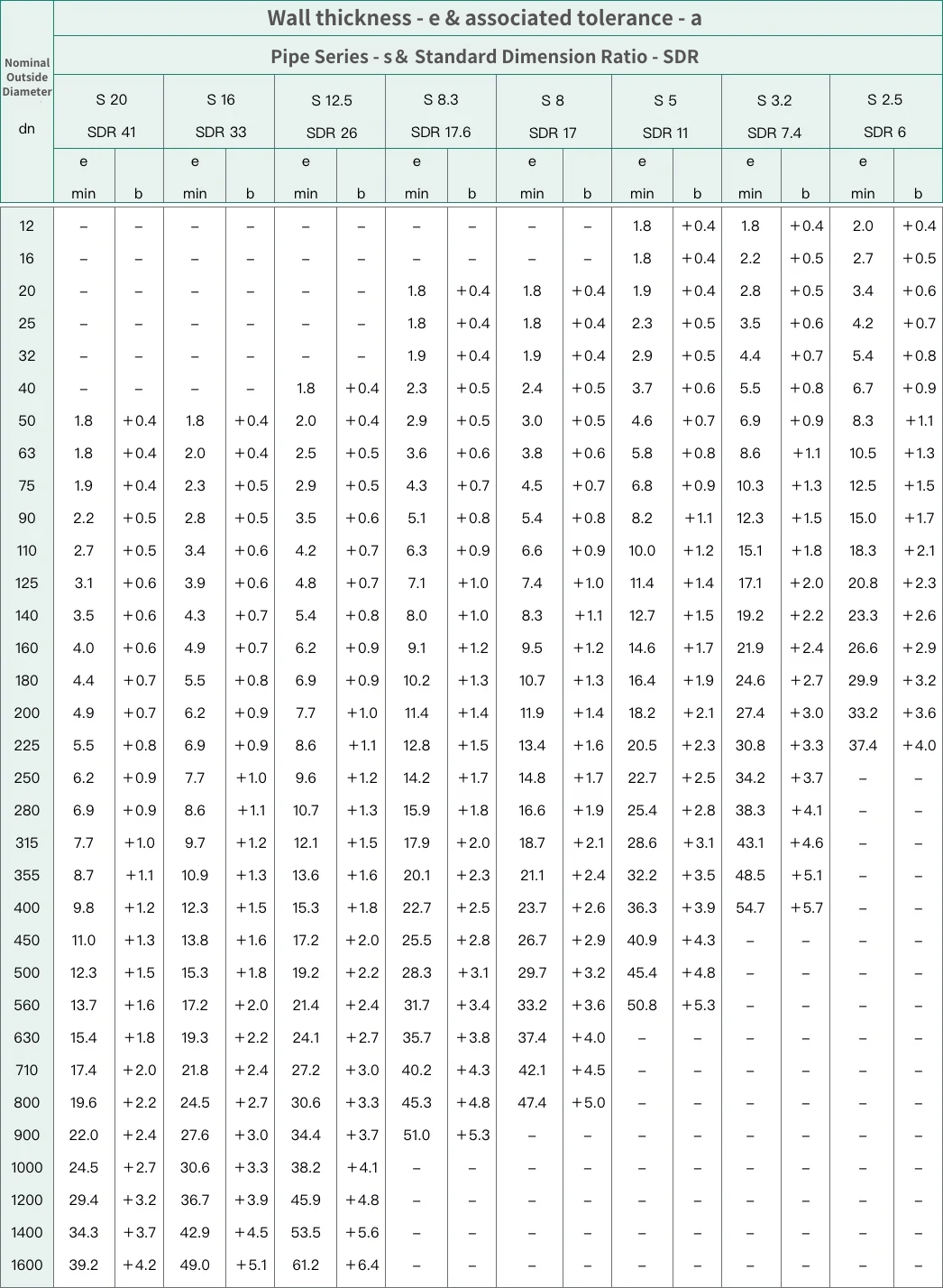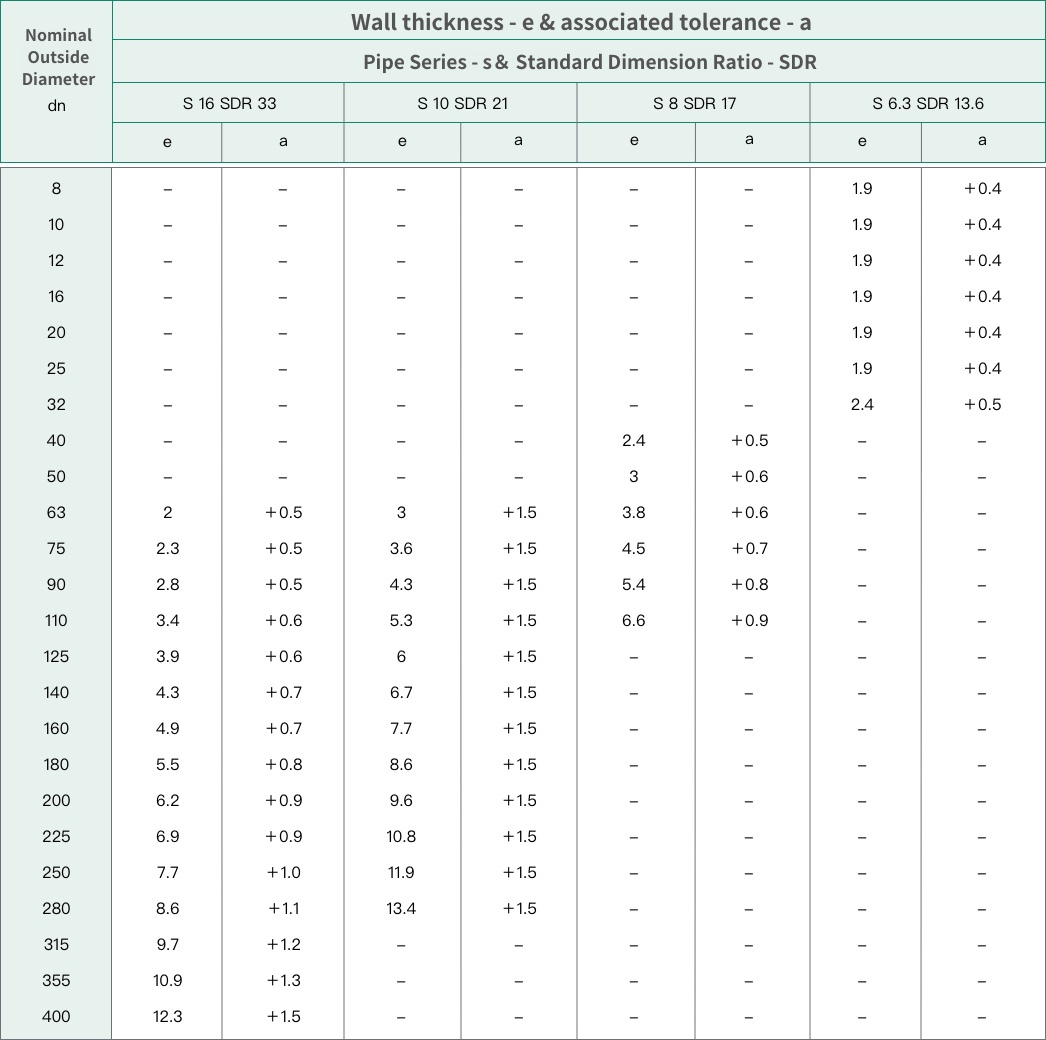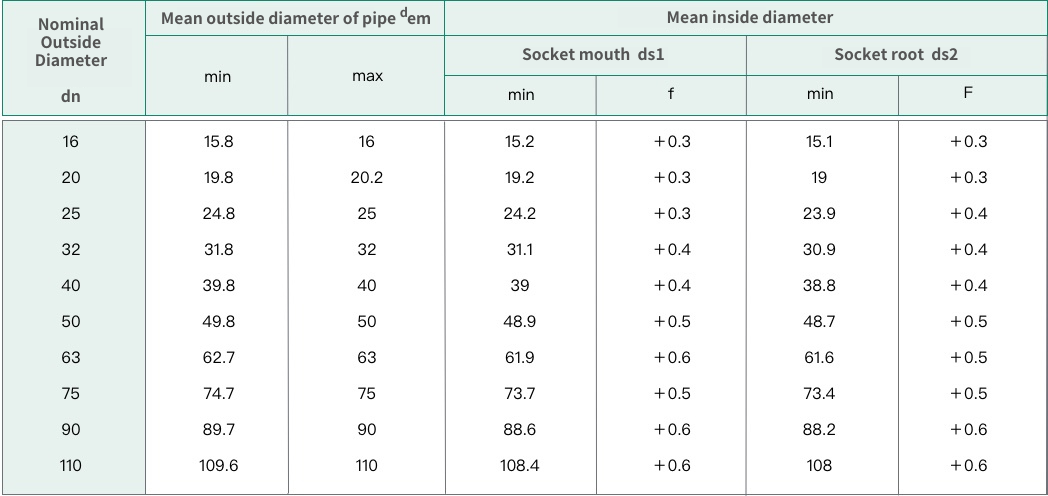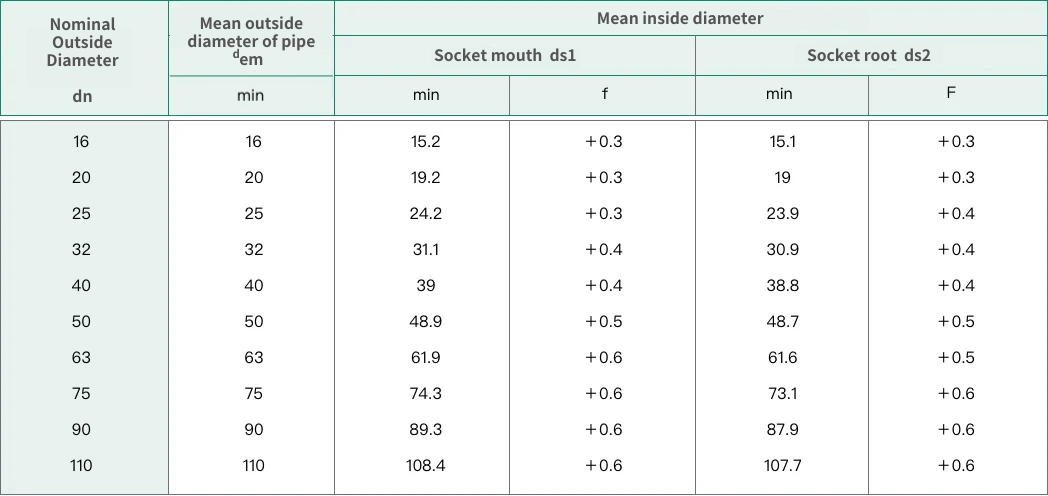When users install flow meters into piping systems, they often encounter questions about insertion methods, the relationship between inner and outer diameters, and how to choose the right fitting size. LORRIC utilizes its extensive field experience and industry knowledge to detail the correspondence of fitting sizes with the pipe's inner and outer diameters. This article introduces their manufacturing standards, common materials, and installation methods, allowing users to select the appropriate fitting size through this article.
1. PPH, PVDF Fittings Conform to ISO Standards
LORRIC manufactures PPH and PVDF heat welding fittings based on ISO standards:
( 1 ) PPH material (ISO 15494) SDR11 Buttweld fitting, Socketweld fitting
ISO 15494 specifies the properties and conditions of components made from certain materials (like pipes, fittings, and valves) that are primarily used in thermoplastic piping systems in industrial applications above and below ground: polybutylene (PB), polyethylene (PE), polyethylene of raised temperature (PE-RT), cross-linked polyethylene (PE-X), polypropylene (PP).
*The standard defines many materials, but the content provided herein related to ISO 15494 is only applicable to polypropylene (PP).
( 2 ) PVDF material (ISO 10931) SDR21 S10: Buttweld fitting, Socketweld fitting
ISO 10931 specifies the plastic piping systems for industrial applications (components and systems made from polyvinylidene fluoride (PVDF)).
2. Pressure and Strength Indicators - SDR Standard Dimension Ratio and S Pipe Series
SDR (Standard Dimension Ratio) and S (Pipe Series) mainly describe the relationship between pipe size and wall thickness. The higher the SDR value, the thinner the pipe wall; the lower the value, the thicker the wall, serving as indicators of pressure endurance and structural strength.
Note: Due to different mechanical strengths of materials, SDR can only be compared within the same material, not between different materials.
3. PPH, PVDF Piping Specifications
( 1 ) PPH Piping Size Specifications (mm)

a: All sizes comply with ISO 4065.
b: The tolerance calculation formula is (0.1e + 0.2) mm, rounded to the nearest 0.1 mm.
( 2 ) PVDF Piping Size Specifications (mm)

*For safety reasons, the minimum wall thickness should not be less than 1.9 mm.
Wall thickness tolerance: (0.1 e + 0.2) mm, rounded to the nearest 0.1 mm.
All sizes are based on ISO 4065.
4. Common Piping Methods for PPH, PVDF Fittings
( 1 ) Buttwelding
Piping process: The interface faces of two pipes to be connected are heated and melted to a certain degree. After joining the two heated interface faces and allowing them to cool and set, the piping process is completed. As it does not require consuming a length of pipe for heating and insertion, it is more material-saving, and the joint is less likely to leak and is more pressure-resistant.
a ) PVDF Buttweld Fitting Spigot End Dimensions
e: The wall thickness of the spigot end of the fitting, located above Lb1, must conform to the PVDF pipe specifications as listed in section three (3.1).
Lb1: The minimum internal cylindrical length of the heated fusion end, i.e., the initial depth of the spigot end required for buttweld fusion.
Lb2: The minimum external cylindrical length of the heated fusion end, i.e., the initial length of the heated fusion end.
| dn |
Lb1 |
Lb2 |
| 8 |
4
|
10 |
| 10 |
4 |
10 |
| 16 |
4 |
10 |
| 20 |
4 |
10 |
| 25 |
4
|
10 |
| 32 |
5 |
10 |
| 40 |
5 |
10 |
| 50 |
5 |
12 |
| 63 |
6 |
12 |
| 75 |
6 |
12 |
| 90 |
7 |
12 |
| 110 |
8 |
12 |
| 125 |
8 |
15 |
| 140 |
9 |
15 |
| 160 |
9 |
20 |
| 180 |
10 |
20 |
| 200 |
11 |
20 |
| 225 |
12 |
25 |
| 250 |
13 |
25 |
| 280 |
14 |
30 |
| 315 |
15 |
30 |
*The cylindrical length may be reduced for fittings that are allowed to be bent.
a ) PPH Buttweld Fitting Spigot End Dimensions
e: The wall thickness of the spigot end for insertion, situated above Lb1, must comply with the PPH pipe specifications size chart (refer to section three, item 1).
Lb1: The internal length of the spigot end for insertion.
Lb2: The external length of the spigot end for insertion.
| dn |
Lb1 |
Lb2 |
| 12 |
4
|
10 |
| 16 |
4 |
10 |
| 20 |
4 |
10 |
| 25 |
4 |
10 |
| 32 |
5
|
10 |
| 40 |
5 |
10 |
| 50 |
5 |
12 |
| 63 |
6 |
12 |
| 75 |
6 |
12 |
| 90 |
7 |
12 |
| 110 |
8 |
12 |
| 125 |
8 |
15 |
| 140 |
9 |
15 |
| 160 |
9 |
20 |
| 180 |
10 |
20 |
| 200 |
11 |
20 |
| 225 |
12 |
25 |
| 250 |
13 |
25 |
| 280 |
14 |
30 |
| 315 |
15 |
30 |
| 355 |
16 |
30 |
| 400 |
18 |
30 |
| 450 |
20 |
35 |
| 500 |
20 |
35 |
| 560 |
20 |
40 |
| 630 |
20 |
40 |
| 710 |
20 |
40 |
| 800 |
20 |
50 |
| 900 |
20 |
50 |
| 1000 |
20 |
60 |
| 1200 |
20 |
60 |
| 1400 |
20 |
70 |
| 1600 |
20 |
70 |
*Fittings that are permitted to bend may have a reduced cylindrical part length at the spigot insertion end.
( 2 ) Socket Welding
The socket welding process involves melting the external surface of one pipe and the internal surface of another. While still hot, the molten pipe is inserted into the other pipe and held in place until the joint cools down. The outer diameter of the inserted pipe must match the inner diameter of the socket pipe so that, once melted and cooled, they form a secure bond. It is crucial to pay attention to the inner and outer diameters of the pipes, as well as the wall thickness; also, because the pipe is being inserted, the extension length of the inserted pipe must be considered. For example, for a Ø20 pipe, the extension length must be greater than 10mm; the heater must fit over the pipe to heat it properly within the specified time to achieve melting.
dn: Nominal diameter
ds1: The inner diameter of the socket end, including the average circular diameter inside the extension part that has the socket end plane.
ds2: The average inner diameter at the base of the socket, including the average diameter of the circle in the plane parallel to the socket end plane, at a distance Ls, which is the reference socket fitting length.
ds3: The diameter of the flow channel (hole) passing through the pipe body.
Ls: The reference socket length, including the theoretical minimum. This is the length used for calculation.
Ls1: The actual socket length, including the distance from the socket end to the shoulder.
Ls2: The heated fitting length, including the penetration length of the heating tool into the socket.
Ls3: The insertion length, including the penetration depth from the heated pipe end into the socket.
Ls4: The pipe heating length, including the depth of the pipe insertion into the heating tool.
a ) PVDF Socket Weld Fitting Dimensions of the Socket End and Length (ISO 10931)

b ) PPH Socket Weld Fitting Dimensions of the Socket End and Length (ISO 15494)
